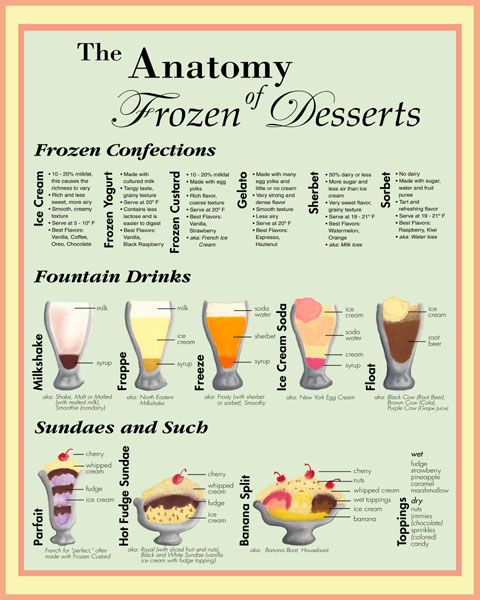Information Design: Difference between revisions
Jump to navigation
Jump to search
No edit summary |
No edit summary |
||
| Line 2: | Line 2: | ||
[[Image:icecream.jpg|thumb|Information Design Example]] | [[Image:icecream.jpg|thumb|Information Design Example]] | ||
{{Quotation|Information design is about the clear and effective presentation of information. It involves a multi and inter-disciplinary approach to communication, combining skills from graphic design, technical and non-technical authoring, psychology, communication theory and cultural studies. In fact, wherever relatively complex information needs to be made easier to understand, or tailored to the needs of a specific 'specialist' or cultural community, the 'user-oriented' methods of information design can be employed. [...]|[Burmester et al., 2004]}} | |||
== References == | == References == | ||
*[Thissen, 2004]: Frank Thissen, [http://v.hdm-stuttgart.de/projekte/infodesign/i/informationsdesign.html ''Lexikon des Digitalen Informationsdesigns: Informationsdesign''], 2004. | *[Thissen, 2004]: Frank Thissen, [http://v.hdm-stuttgart.de/projekte/infodesign/i/informationsdesign.html ''Lexikon des Digitalen Informationsdesigns: Informationsdesign''], 2004. | ||
*[Burmester et al., 2004]: Prof. Dr. Michael Burmester, Bachelor-Studiengang | |||
''Informationsdesign''. Fachhochschule Stuttgart, 2004. | |||
== External Links == | == External Links == | ||
Revision as of 11:21, 23 June 2005
Information design is about the clear and effective presentation of information. It involves a multi and inter–disciplinary approach to communication, combining skills from graphic design, technical and non–technical authoring, psychology, communication theory and cultural studies. [Thissen, 2004]

Information design is about the clear and effective presentation of information. It involves a multi and inter-disciplinary approach to communication, combining skills from graphic design, technical and non-technical authoring, psychology, communication theory and cultural studies. In fact, wherever relatively complex information needs to be made easier to understand, or tailored to the needs of a specific 'specialist' or cultural community, the 'user-oriented' methods of information design can be employed. [...]
[Burmester et al., 2004]
References
- [Thissen, 2004]: Frank Thissen, Lexikon des Digitalen Informationsdesigns: Informationsdesign, 2004.
- [Burmester et al., 2004]: Prof. Dr. Michael Burmester, Bachelor-Studiengang
Informationsdesign. Fachhochschule Stuttgart, 2004.